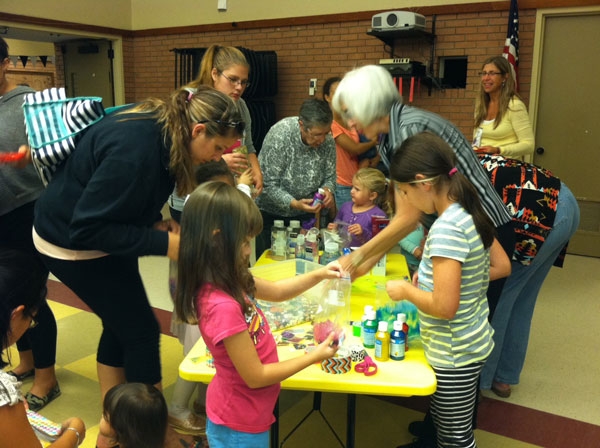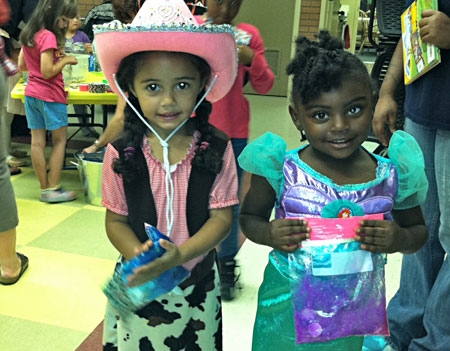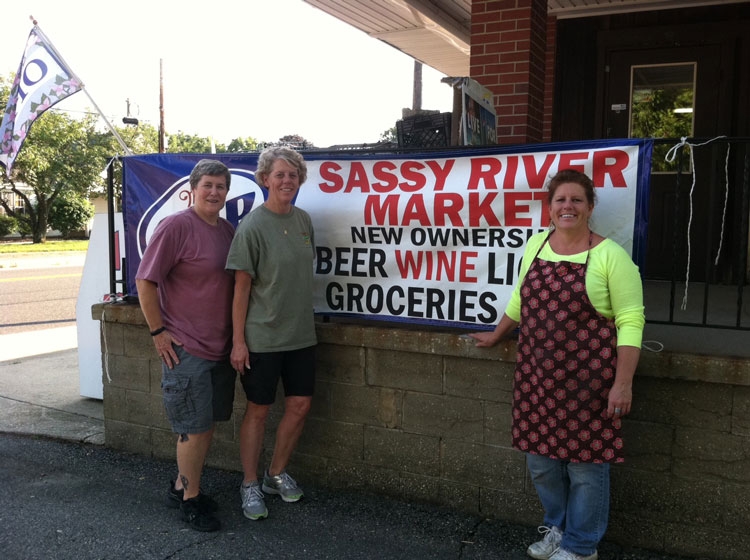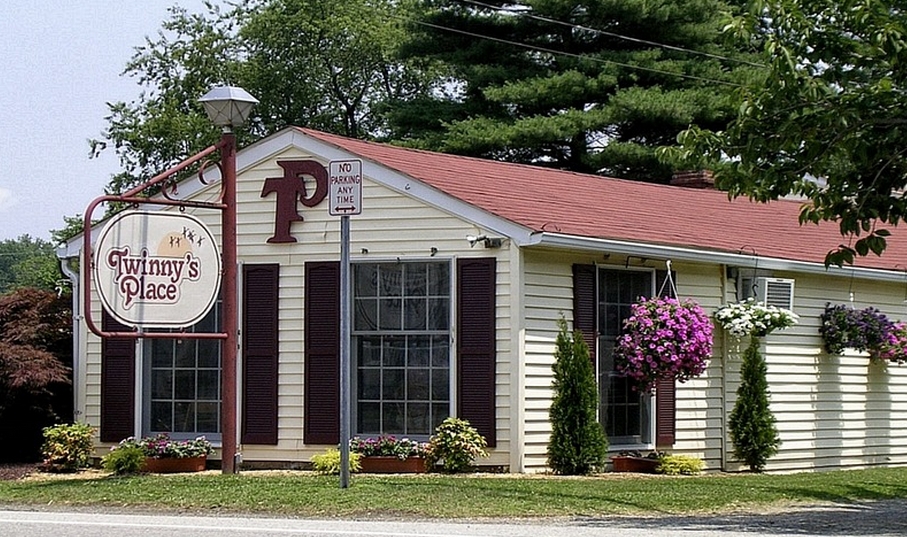“The difference between a king and a president is that a king is the son of his father but a president isn’t.” The professor of this somewhat confused student included this sentence in a compilation of “bloopers” that occasionally makes its way around the Internet.
For millennia, of course, kings or other hereditary rulers ensured a (mostly) peaceful transfer of power from one generation to the next.
Their subjects put up with the unfairness of royalty because, as Thomas Jefferson wrote in the Declaration of Independence, “…all experience hath shewn that mankind are more disposed to suffer, while evils are sufferable than to right themselves by abolishing the forms to which they are accustomed.”
Our Founding Fathers had a different idea: elections. Of all the many things that make the United States exceptional, it is this: Since the Constitution went into effect in March, 1789, every two years and every four years thousands of people have run for office on the local, county, state, and national level. In every contested election, there is one winner and at least one loser. No matter how much the loser hates the winner, it is customary for the loser to congratulate the winner and to offer any help that the winner might need. Losers do not get up a militia. They do not threaten or kill the winner. Sometimes they return to private life. Sometimes they run for another public office. Sometimes they serve the public good in a different capacity.
At the presidential level, only once in 227 years has this system broken down. When Lincoln was elected in 1860, eleven Southern states did not accept his election, so they seceded and formed the Confederate States of America. The Civil War directly ensued.
The peaceful transfer of power through elections is one of the main reasons why this nation has thrived. People will simply not invest in projects if they are uncertain about the future. Banking, entrepreneurship, business formation, investments in new technologies, home ownership, and new frontiers in space are just a few things that would be entirely different if we did not expect that presidential power would be transferred in an orderly way.
Complementing the peaceful transfer of power is our two-party system, which forces politicians to take centrist positions; otherwise, they cannot get elected. The two-party system ensures that change comes gradually. Despite campaign rhetoric, most people who win presidential elections in the United States are fairly moderate.
I taught American history for more than twenty years at public colleges, and I never had a student who cited our peaceful elections or our two-party system as important reasons why this country became a great power. They just took it for granted that someone would win and someone would lose and the winner would steer the country in a different (but not too different) direction than the loser would have steered it.
By suggesting that he will not accept the results of the election, Donald Trump threatens precisely what has made America great. The transfer of power through elections rather than heredity was the most revolutionary thing that the Founding Fathers initiated and that generations of Americans have accomplished.
This November, let’s elect a woman who is the daughter of her father and who wants to be a president, not a king (or queen).
Wendy Costa is a member of the Kent County Board of Education












